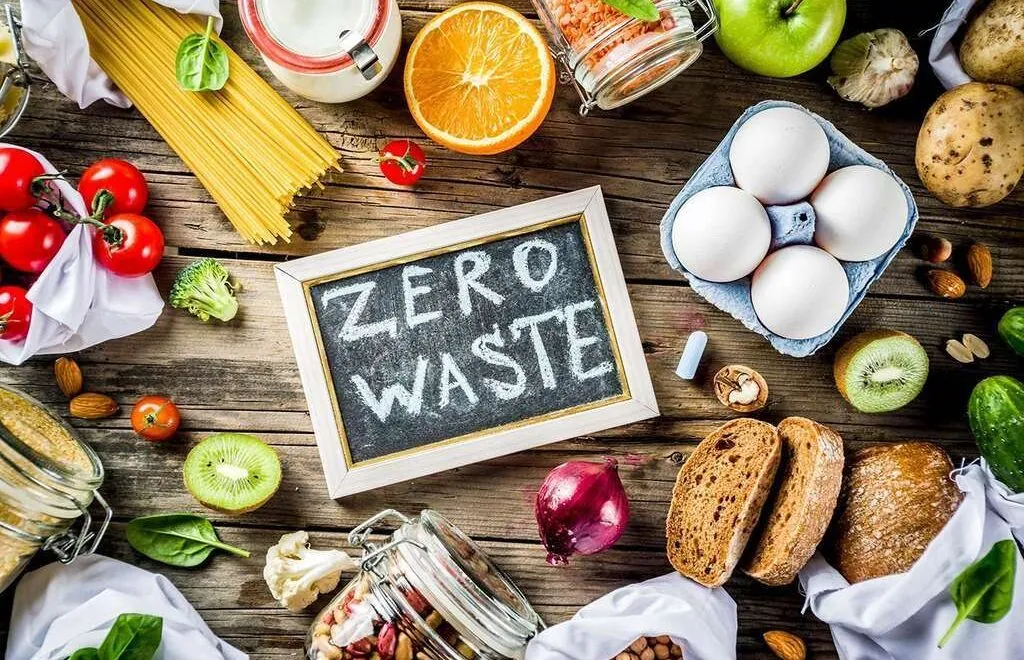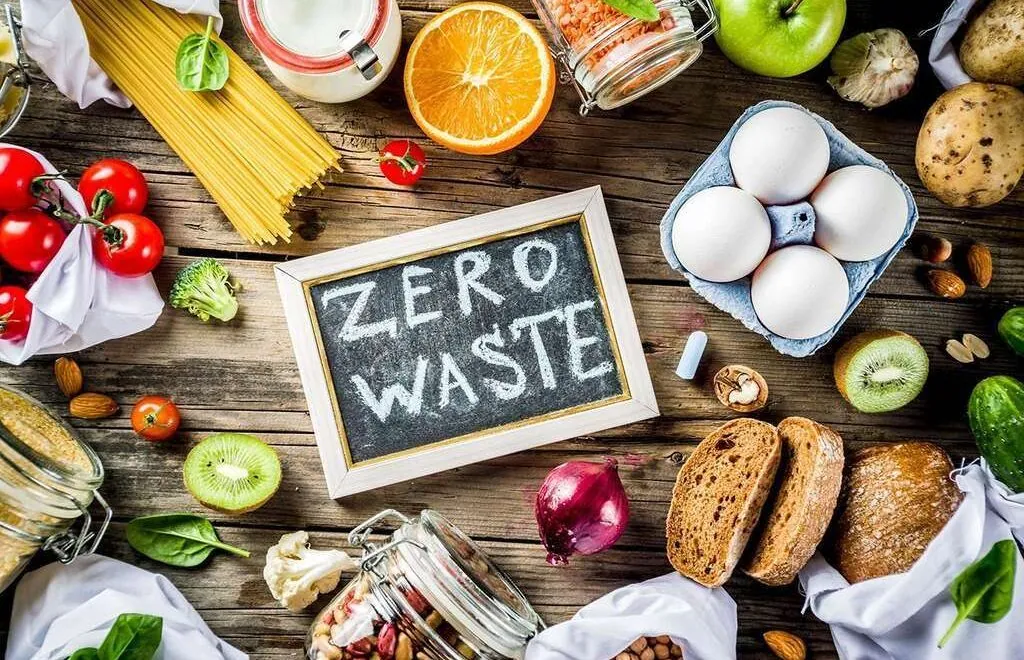
Reducing Wastage Of Food
Why it is so Important to Reduce Food Waste?
When we waste food, we also waste all the energy and water it takes to grow, harvest, transport, and package. By reducing our waste, we are conserving our limited natural resources. By taking steps to reduce our energy intake, we contribute to a healthier and happier world. Waste reduction plans do not need to be costly or time-consuming to
practice. Below are a few simple ways to practice …
1. Avoid over-ordering provisions.
Ensure that you only order the items that you need (60 days of dry and frozen items and 30 days of fresh vegetables and fruits). It can be tempting to ‘stock up’ if you are in an economical port, but over-stocking can leave you with more food than you need. And this food will only go to waste if it is left to spoil in galley storerooms.

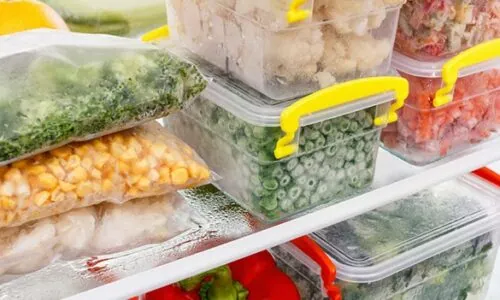
2. Store food correctly.
Make sure that your vegetable store and deep freezers are running at the right temperatures, ensure that low-risk foods are always stored on higher shelves than high-risk foods, and keep food storage areas are clean and tidy. Storing foods under the correct conditions is very important for preserving their quality and preventing harmful bacterial growth – both of which can quickly lead to food spoilage (waste).
3. Practise stock rotation regularly.
Use the ‘FIFO’ rule – First In, First Out – when storing food (items with no expiry date). This ensures that newer stock is routinely placed behind the older stock, and the older stock will always be used up first before it gets spoiled. For items with expiry dates, use the ‘FEFO’ rule – First Expiry, First Out. Store items based on their expiry date to ensure it is used up in time.
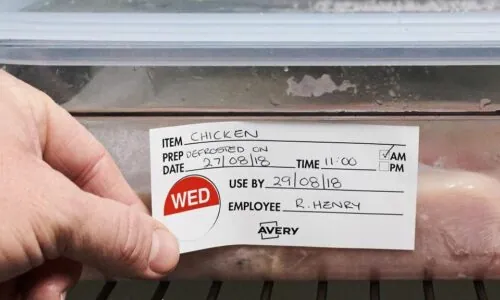

4. Temperature control.
Good temperature control is essential for food safety as it prevents the growth of harmful pathogenic bacteria. It also means that food waste is less likely as the food is kept fresh. This includes cooling hot food quickly, reheating food to the correct core temperature (at least 70°C for 2 minutes), storing high-risk food in fridges (1- 4°C) and freezers (below – 18°C), plus hot/cold holding at safe temperatures (above 63°C (buffet counter) and below 8°C, respectively).
5. Label Food correctly.
If foods are decanted into different containers for storage, then make sure they are clearly labeled with packing date, expiry date, and product details. Keeping stock organized makes it much easier to keep track of what you have and what needs to be used soon, avoiding unlabelled containers being thrown away by mistake or do not know what is in them.
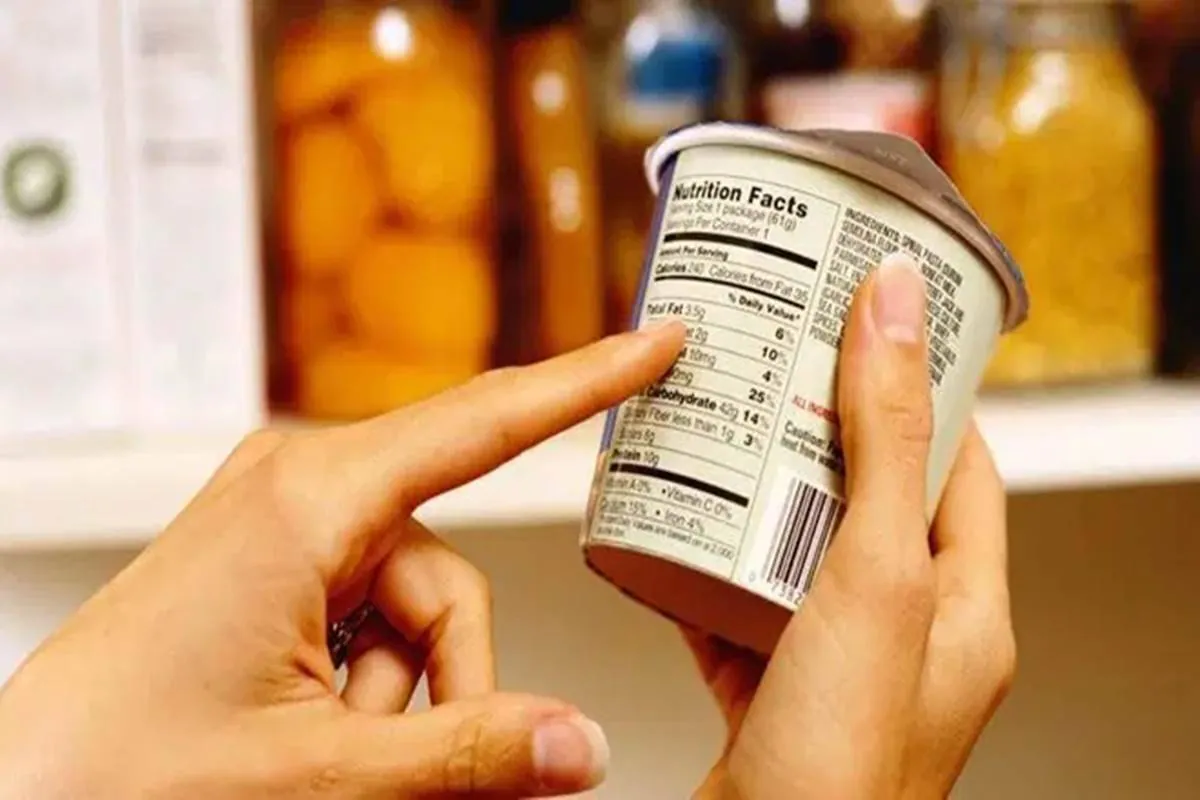

6. Keep a stock inventory.
To prevent waste, you should always know exactly which items you always have in stock. This means keeping a detailed list of the items in all the storerooms, including their expiry /best-before dates, to refer to. This avoids foods getting forgotten and going to waste.
7. Inspect all deliveries against the order specification.
When a provisions delivery arrives at your vessel, it is important that you only accept the items that you have ordered to prevent excess stock. You should also reject anything with visible spoilage or damage in packaging, or anything delivered at an incorrect storage temperature, as these foods will only spoil further and be condemned later.


8. Anticipate the demand with care.
Calculate and plan about how much bulk food you will need to prepare for the crew – can any of this be made to order instead (eggs, rotis, dosa, etc). Whilst bulk cooking may save time, it can be a waste of both money and food if not planned well and consumed in time.
9. Incorporate leftovers and use food efficiently.
Try not to be so quick to throw away leftover food items, as you might be able to make use of them somewhere else. For example, vegetable peelings and animal bones can be used to make stocks and soups, while day-old bread can be made into croutons or breadcrumbs.



